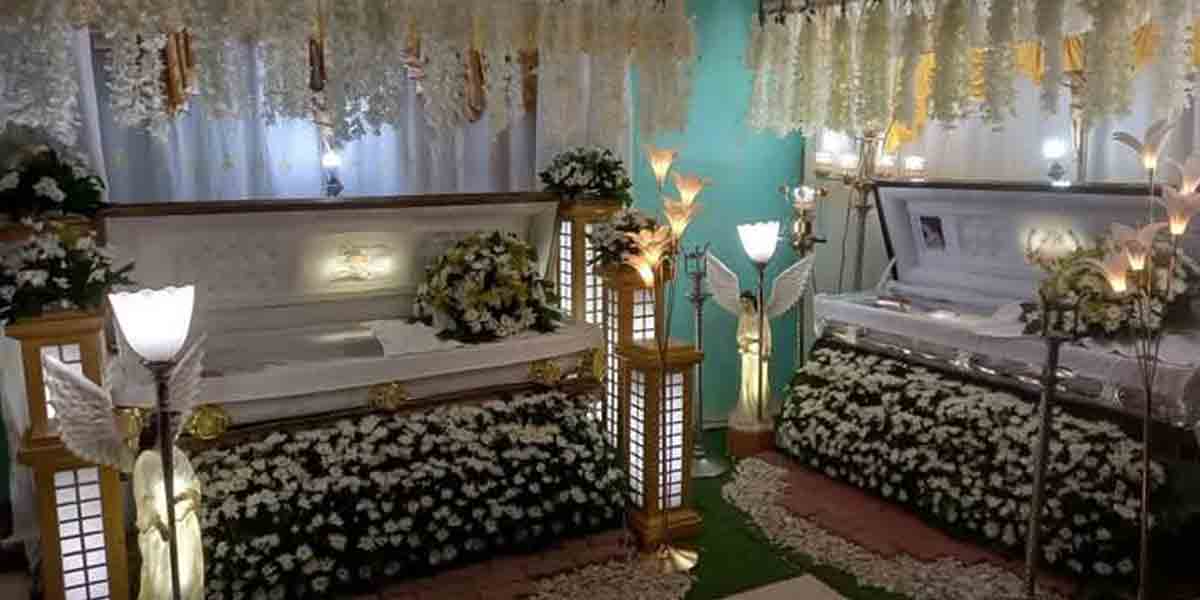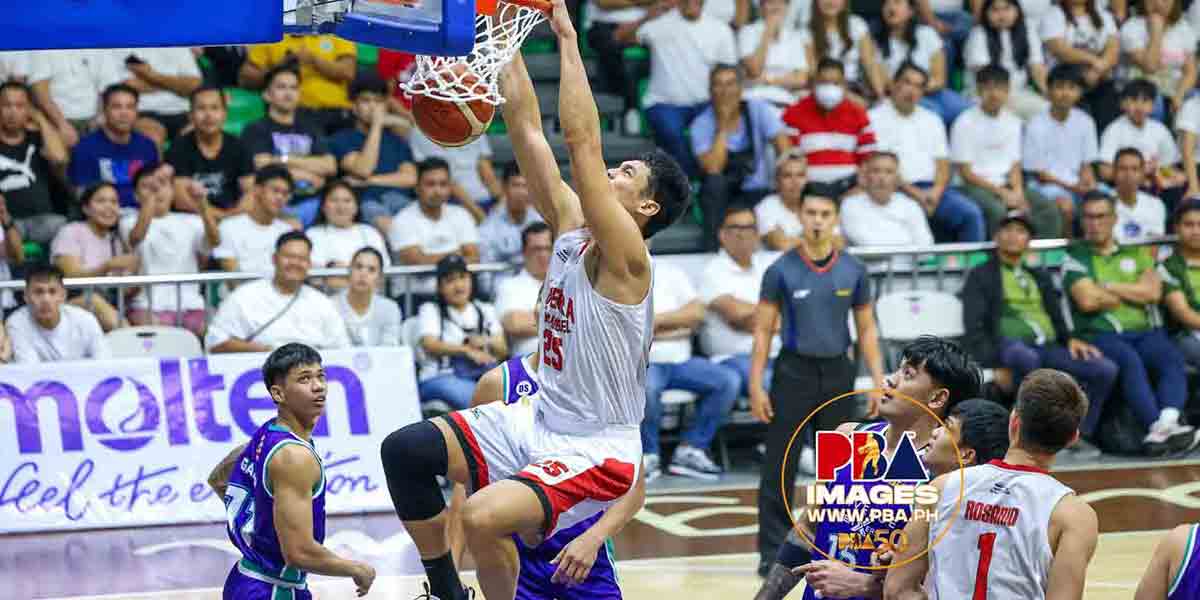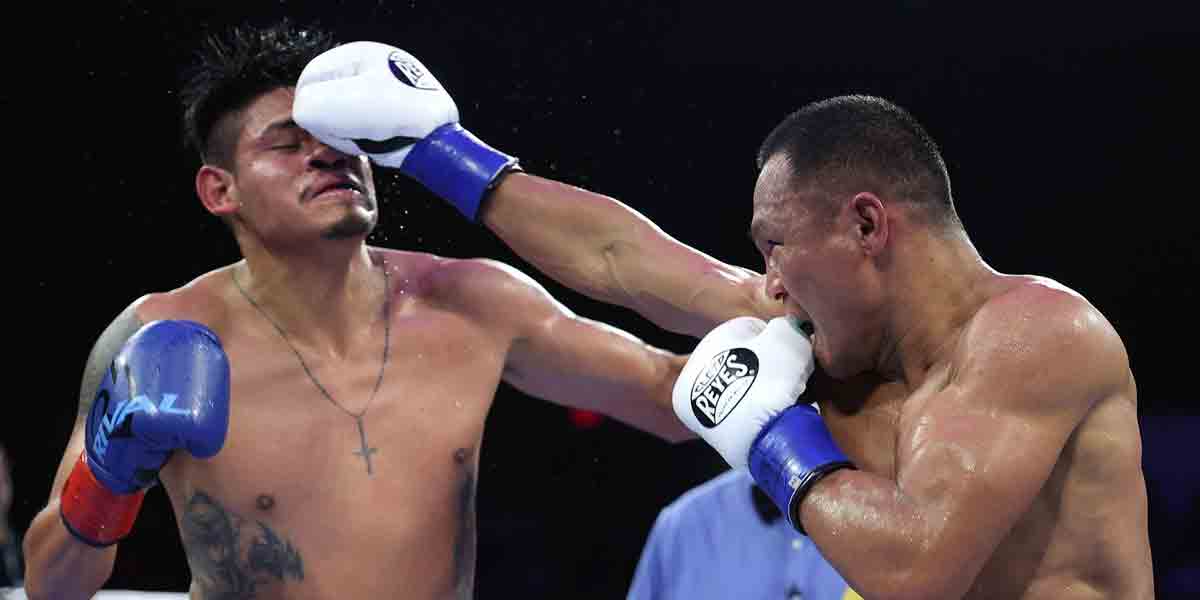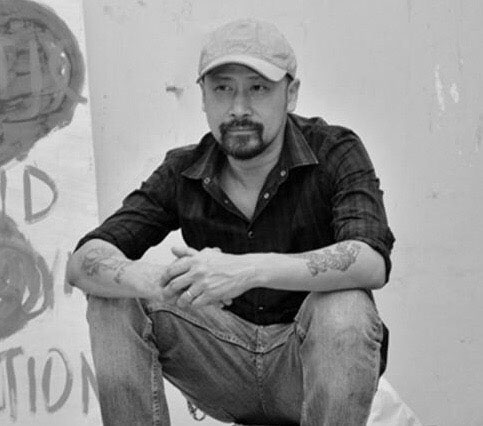By Francis Allan Angelo
Renowned Filipino artist Manuel Ocampo is coming to Iloilo City for a solo show on May 17 and another which he put together involving 40 plus artists on May 18.
The solo show dubbed “POTPOURRI FOR MADHOUSE” will be mounted at Mamusa Gallery (beside ILOMOCA) located at the Festive Walk of Megaworld’s Iloilo Business Park in Mandurriao district. It runs from May 17 to June 10, 2023. The artist reception starts at 6 p.m. on May 17.
To receive the e-catalog, send us a DM or email us at [email protected]. You can also leave an e-catalog request through Viber at 09072935010.
The following day, Ocampo, who put together more than 40 artists from Metro Manila and Western Visays, will hold another show at the Iloilo Museum of Contemporary Arts. It will feature works that Ocampo has been curating along with fellow artists Marika Constantino and renowned Ilonggo visual artist Rock Drilon of Dumangas.
ABOUT THE ARTIST
Manuel Ocampo has been a vital presence on the international art scene for over twenty-five years, with a reputation for fearlessly tackling the taboos and cherished icons of society and of the art world itself. Now based in Manila, the Philippines, he had an extended residency in California in the late 1980s and early 1990s and continues to spend significant time working in both the US and Europe.
Ocampo was featured in the Philippine Pavilion for the 2017 Venice Biennale, with a selection of paintings from the 1990s in dialogue with his recent work. The pavilion exhibition, entitled The Spectre of Comparison, was curated by Joselina Cruz, director of the Museum of Contemporary Art and Design, Manila, and also featured installation works by Lani Maestro. This marked Ocampo’s third showing in Venice following the 1993 and 2001 biennials.
Ocampo’s first solo exhibition, which took place in Los Angeles in 1988, set the stage for a rapid rise to international prominence. By the early 1990s, his reputation was firmly established, with inclusion in Documenta IX (1992), the Venice Biennale (1993) and the seminal exhibition Helter Skelter: L.A. Art in the 1990s at The Museum of Contemporary Art, Los Angeles (1992).
During the ‘90s, Ocampo was noted for his bold use of a highly charged iconography that combines Catholic imagery with motifs associated with racial and political oppression, creating works that make powerful, often conflicted, statements about the vicissitudes of personal and group identities. His works illustrate, often quite graphically, the psychic wounds that cut deep into the body of contemporary society. They translate the visceral force of Spanish Catholic art, with its bleeding Christs and tortured saints, into our postmodern, more secular era of doubt, uncertainty, and instability.
In recent years, Ocampo’s works have featured more mysterious yet emotionally charged motifs that evoke an inner world of haunting visions and nightmares. He often makes use of an eclectic array of quasi-religious, highly idiosyncratic icons featuring teeth, fetuses, sausages, and body parts alongside more traditional Christian motifs.
The process of artistic creation is often a central concern, with many works making ironic commentaries on notions of artistic inspiration, originality, and the anxiety of influence. The artist himself is frequently the subject of parody and self-mockery; sometimes he appears as a buzzard, a kind of cultural scavenger, or assumes slightly deranged alter egos.
Ocampo frequently includes sly references to the works of other artists, just as in the past he often referred to the work of provincial painters of Catholic altars.
Ocampo, who now lives and works in Quezon City, Philippines, is known for his frequent and strategic stylistic drifts in response to new contexts and subject matter. His shows are often constructed around contradictory tendencies, elaborating discrepancies between what a painting appears to be and how it behaves in relation to the structures that legitimate its appearance. He always embraces sudden shifts of style and emphasis. He paints, but doubt is created as to whether any particular medium is the solution
“I pursue no objectives, no system, no tendency; I have no program, no style, no direction. I have no time for specialized concerns, working themes, or variations that lead to mastery. I steer clear of definitions. I don’t know what I want. I am inconsistent, non-committal, passive; I like the indefinite, the boundless; I like continual uncertainty. Other qualities may be conducive to achievement, publicity, success; but they are all outworn- as outworn as ideologies, opinions, concepts, and names for things. Now that there are now priests or philosophers left, artists are the most important people in the world. That is the only thing that interests me.”























